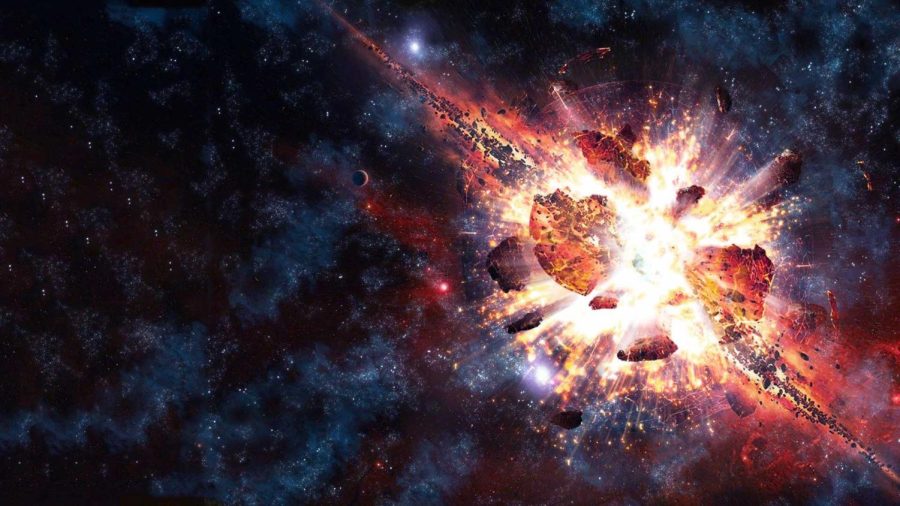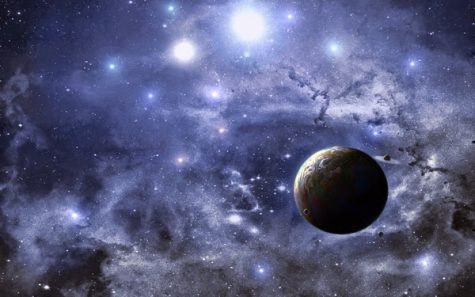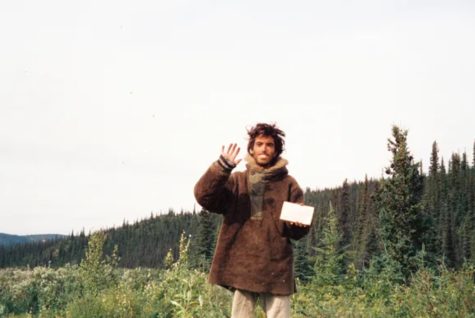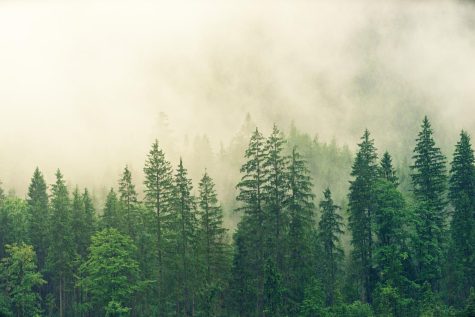The End of Our Universe: Three Scientific Theories
In with a Big Bang, out with a…?
There are hundreds of known cosmic events that could obliterate life on our planet…high energy solar flares, cataclysmic impact events, gamma ray bursts, a nearby supernova, and so on. However, the chances of Earth suffering a life-ending global catastrophe (or a zombie apocalypse for that matter) are actually slim to none.
Astronomers predict that the sun will render the Earth inhabitable about 1.1 billion years from now, and in about 100 trillion years, the entire universe will cease to exist. Luckily for us, the chances of experiencing that end are astronomically low. In the meantime, though, we can wonder: Let’s delve into some of the leading theories on our universe’s grand finale.
1. The Big Rip

When Edwin Hubble discovered that the universe was expanding, it was assumed that the force of gravity would slow it down and eventually bring it to a standstill. Scientists were then shocked to find that the expansion of the universe was in fact accelerating – likely because of a mysterious form of energy known as “dark energy.”

Assuming that the universe continues to grow indefinitely, dark energy will at some point destroy galaxies, stars, planets, and matter; even particles at a quantum level will be separated. The universe will be ripped apart, into nothing but a void of random, non-interacting subatomic particles.
Scientists think dark energy exists everywhere in space and could make up almost 70% of the universe.
2. The Big Freeze
Also known as the Big Chill or Heat Death (which sounds like a pretty sick villain name), the Big Freeze is once again dependent on our understanding of dark energy.
In this instance, as the universe expands at an increasing rate, the heat is dispersed throughout that space as dark energy pulls galaxies, planets and stars away from each other. Everything will be so far apart that light from stars and galaxies will never reach them. Afterwards, stars will be too far away to access the resources needed for star formation, and the lights will go out for good.
As temperatures get colder and colder, the universe will reach absolute zero. At absolute zero, there is no energy, and so nothing can exist. Contrary to the more violent Big Rip, the Big Freeze entails the universe cooling down until it is a barren wasteland – galaxies becoming coffins for dead and dwindling stars. (This one’s for the poets.)
3. The Big Crunch

The Big Crunch is essentially the reverse of the Big Bang, and a direct consequence. The expansion of the universe doesn’t continue forever.
Assuming there is enough matter in the universe, the combined gravitational attraction of everything will halt expansion, and will instead initiate collapse. Starting off with galaxies, then over time planets and stars, the contents of the universe will smash into each other more and more frequently. With densities and temperatures skyrocketing as the universe shrinks into a blazing heap, it will finally contract into a single point where it will “blink” out of existence.
Ultimately, it is important to note that these are all simply theories and nothing more – the search for the answer is still ongoing and could be even stranger than we think. (Though, I’m personally partial to an armageddon with supernatural entities.)
Sources
https://www.google.com/url?sa=t&rct=j&q=&esrc=s&source=web&cd=&ved=2ahUKEwjVuo7qn4b9AhWTD1kFHbC_APsQFnoECA4QAQ&url=https%3A%2F%2Fwww.science.org%2Fcontent%2Farticle%2Fway-universe-ends-not-whimper-bang&usg=AOvVaw1jkutD4Sg8GtoHVNS5czWL
https://www.nature.com/articles/d41586-020-02338-w







